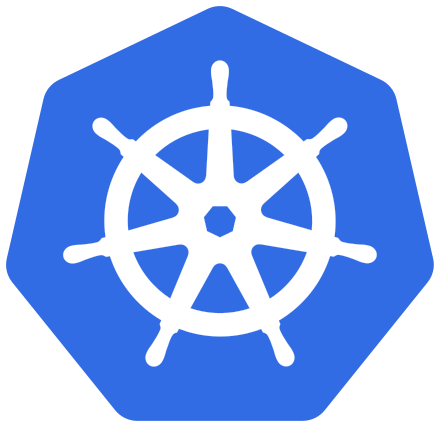
Tainting and Labeling Kubernetes Nodes to Run Special Workload — A quick guide that is finally NOT confusing
All right folks, I intend to keep this one short and that’s what I will do. I mean, it’s supposed to be easy but the official documentation(1, 2) makes it unnecessarily confusing. So I think maybe I can help to fill in the gap.
I will be using one of our business requirements at Buffer in this project, as an example for this blog post.
Quick recap
So, we need a few nodes that are dedicated to running cronjobs, and nothing else. At the same time, we want to make sure the cornjobs are scheduled to these nodes, and nowhere else. This means we need 2 things
- Tainted nodes that don’t take other workloads
- The workload that only goes to the destination nodes
Now, let’s start from nodes, then the workload
Nodes
Since the requirement is broken down to 2 aspects (see above), there are 2 things we will need to specify for nodes. As always, kops is my weapon of choice.
In kops, you can do this kops edit ig <INSTANCE GROUP IN INTEREST>
apiVersion: kops.k8s.io/v1alpha2
kind: InstanceGroup
metadata:
labels:
kops.k8s.io/cluster: steven.k8s.com
name: frequent-cronjob-nodes
spec:
image: kope.io/k8s-1.13-debian-stretch
machineType: m4.xlarge
maxSize: 2
minSize: 2
nodeLabels:
kops.k8s.io/instancegroup: frequent-cronjob-nodes
role: Node
subnets:
- us-east-1b
- us-east-1c
taints:
- dedicated=frequent-cronjob-nodes:NoScheduleTainting nodes
This prevents other workloads from being scheduled to them. It’s achieved by these 2 lines
taints:
- dedicated=frequent-cronjob-nodes:NoScheduleLabeling nodes
This helps a specialized workload to locate the nodes. It’s achieved by these 2 lines
nodeLabels:
kops.k8s.io/instancegroup: frequent-cronjob-nodesI know there are people who don’t use kops out there. If you are one of them, here are 2 commands to help
kubectl taint nodes <NODE IN INTEREST> dedicated=frequent-cronjob-nodes:NoSchedule
kubectl label nodes <NODE IN INTEREST> kops.k8s.io/instancegroup=frequent-cronjob-node
Workload
Similar to nodes, we will need to do 2 things to the deployment/cronjob yaml file. I’m including a complete yaml to save our eyes from this (yeah, you know what I’m talking about).
apiVersion: batch/v1beta1
kind: CronJob
metadata:
namespace: dev
name: steven-cron
labels:
app: steven-cron
spec:
schedule: "* * * * *"
jobTemplate:
spec:
template:
spec:
nodeSelector:
kops.k8s.io/instancegroup: frequent-cronjob-nodes
tolerations:
- key: dedicated
value: frequent-cronjob-nodes
operator: "Equal"
effect: NoSchedule
containers:
- name: steven-cron
image: buffer/steven-cron
command: ["php", "./src/Crons/index.php"]
imagePullSecrets:
- name: bufferTolerating taints
This makes sure the workload can be scheduled to the tainted nodes. It’s achieved by these lines
tolerations:
- key: dedicated
value: frequent-cronjob-nodes
operator: "Equal"
effect: NoScheduleSpecifying destination nodes
This makes sure the workload is only to be scheduled to the specified nodes. It’s achieved by these 2 lines
nodeSelector:
kops.k8s.io/instancegroup: frequent-cronjob-nodesProfit
This is it. We can now rest assure the right workload will be going to the right nodes. In this way, we can start building some specialized node groups for specialized workloads, say GPU nodes for machine learning or memory-intensive nodes for local caching.
I hope this helps in any way. Until next time, please feel free to hit me up on Twitter should you have any questions. ?
Try Buffer for free
140,000+ small businesses like yours use Buffer to build their brand on social media every month
Get started nowRelated Articles

As part of our commitment to transparency and building in public, Buffer engineer Joe Birch shares how we’re doing this for our own GraphQL API via the use of GitHub Actions.

We recently launched a new feature at Buffer, called Ideas. With Ideas, you can store all your best ideas, tweak them until they’re ready, and drop them straight into your Buffer queue. Now that Ideas has launched in our web and mobile apps, we have some time to share some learnings from the development of this feature. In this blog post, we’ll dive into how we added support for URL highlighting to the Ideas Composer on Android, using Jetpack Compose. We started adopting Jetpack Compose into ou

With the surprising swap of Elasticsearch with Opensearch on AWS. Learn how the team at Buffer achieved secure access without AWS credentials.